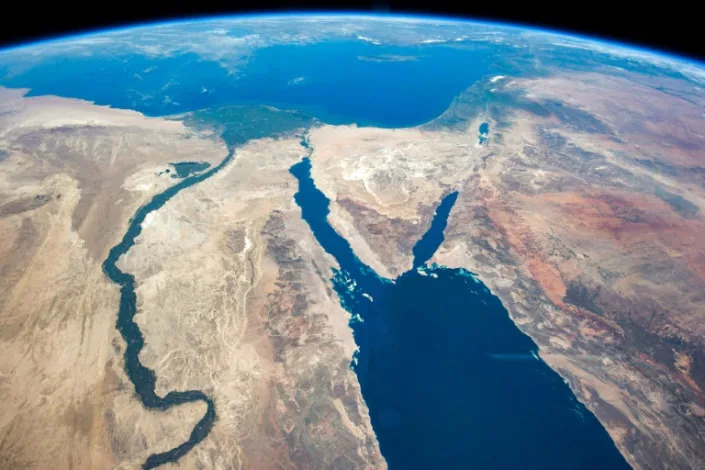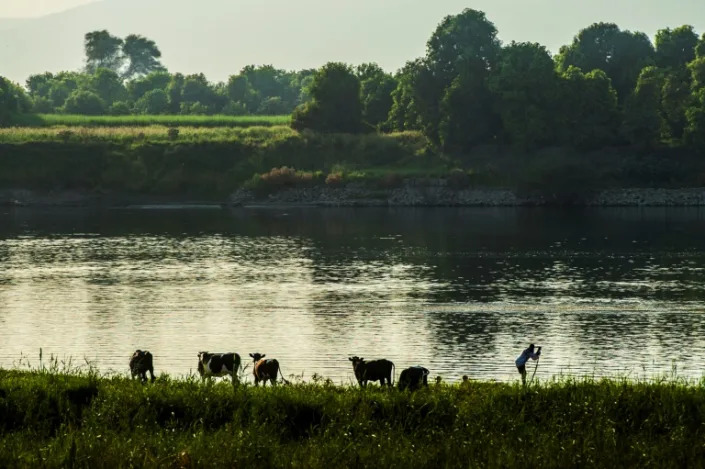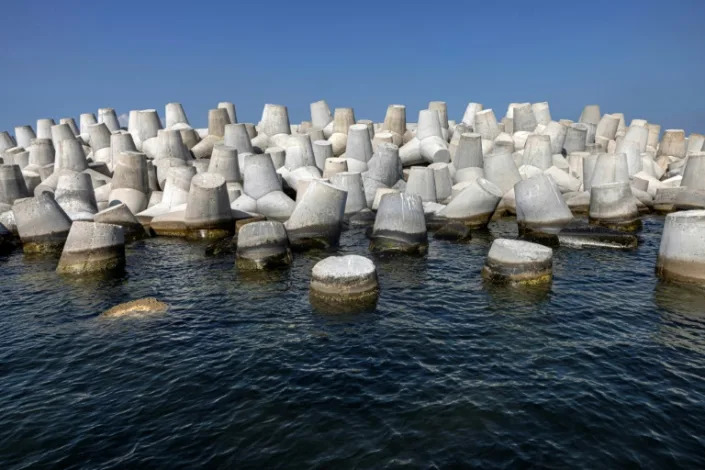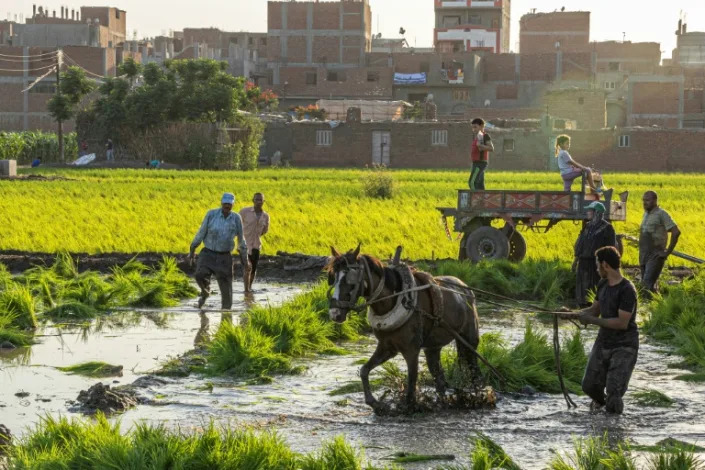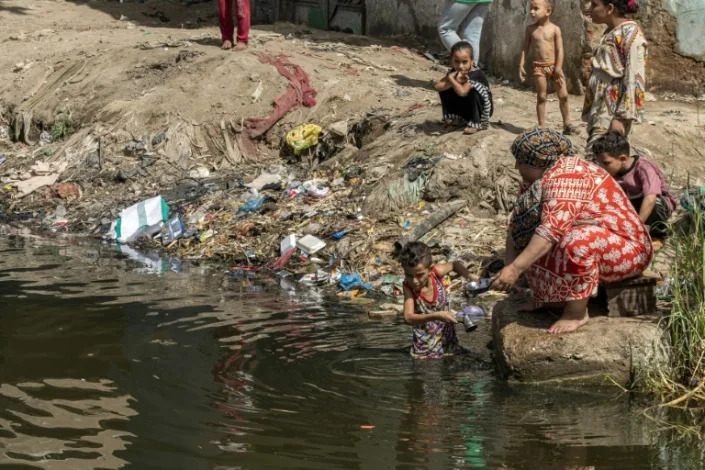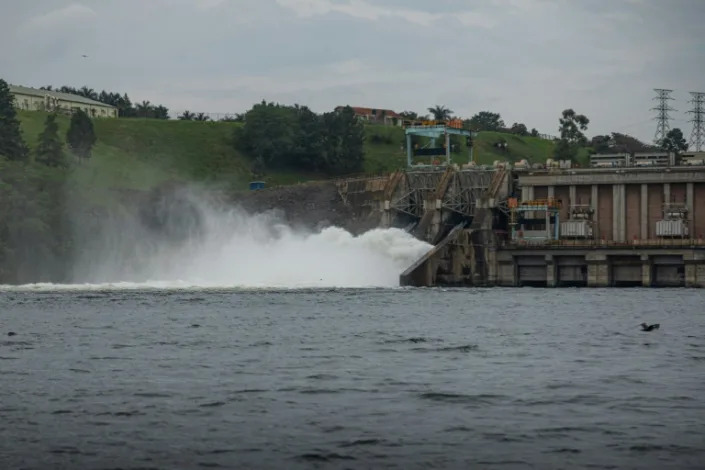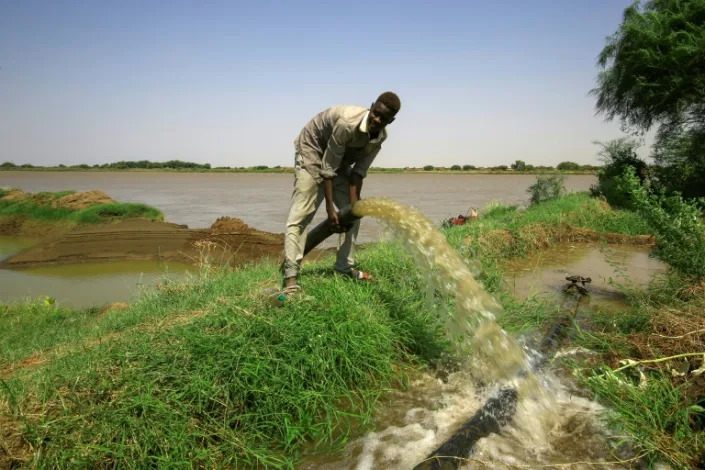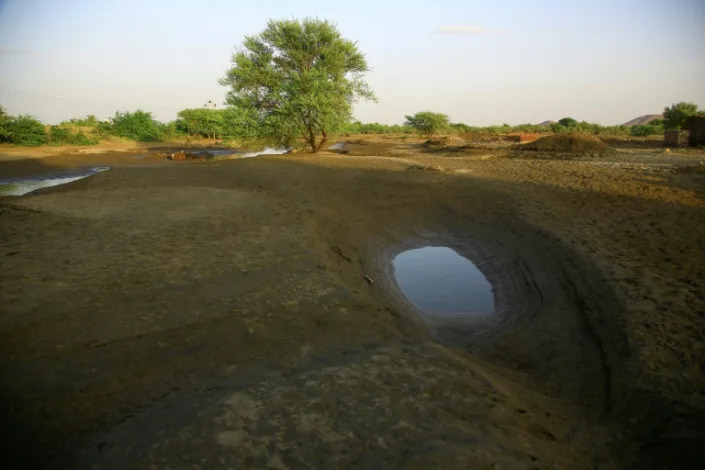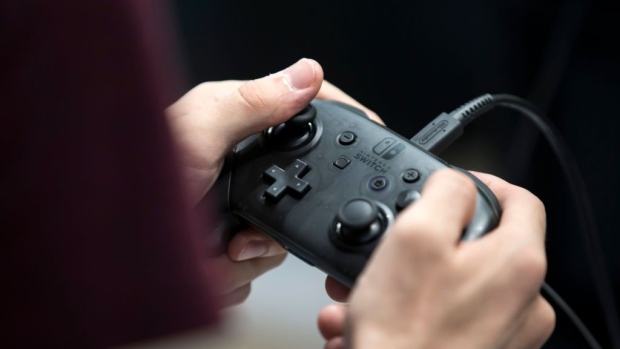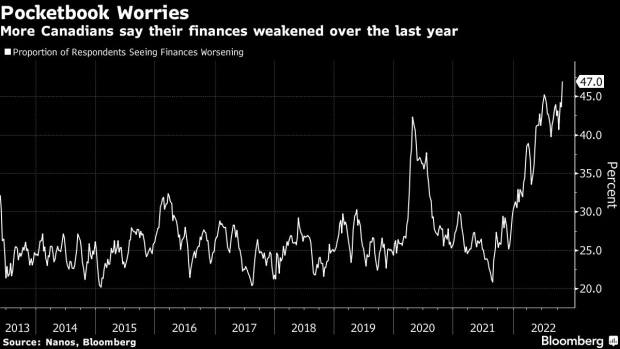Jerome Taylor and Holmes Chan
Tue, November 1, 2022
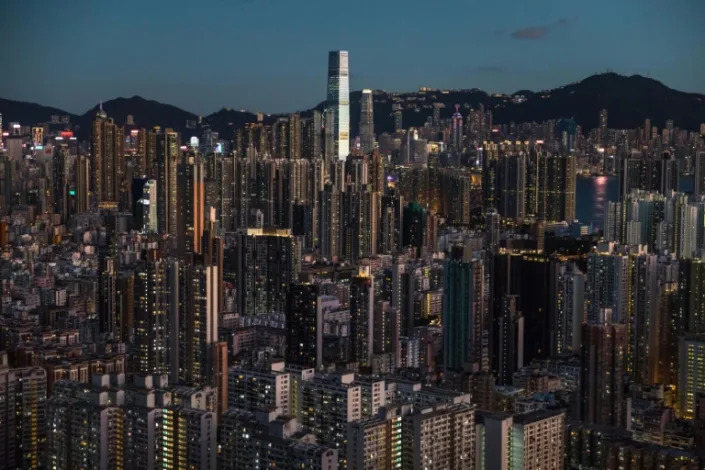
Hong Kong’s US-sanctioned leader insisted Wednesday that political stability and business confidence in the city has been restored following the crushing of democracy protests, as he opened a financial summit attended by global bankers including leading Wall Street executives.
Hong Kong is hosting a week of high-profile events after years of political unrest and pandemic travel curbs tarnished the city's business-friendly reputation, sparked an exodus of talent and battered its economy.
The marquee event at the Four Seasons hotel was heralded by city leader John Lee as proof that the previously shuttered Asian finance hub is back in business.
"We were, we are and we will remain one of the world's leading financial centres. And you can take that to the bank," Lee told delegates.
Lee, a former police officer and security chief who took office this year, is among the Chinese officials sanctioned by Washington for cracking down on rights in Hong Kong after huge democracy protests. These blacklisted individuals are unable to hold accounts with the same banking giants attending the summit.
Most of the city's political opposition are either behind bars or have fled overseas since those protests.
"Social disturbance is clearly in the past, and has given way to stability to growth in business and community confidence in Hong Kong's future," Lee said in his summit speech.
"Law and order has returned. The worst is behind us," he added.
Among those due to speak at the summit are Goldman Sachs head David Solomon, Morgan Stanley CEO James Gorman, Blackrock president Rob Kapito and JP Morgan Chase counterpart Daniel Pinto.
But their presence is not without controversy.
Last week, the leaders of the bipartisan US Congressional-Executive Commission on China called on Wall Street executives not to attend, accusing them of "whitewashing human rights violations" and giving political cover to Lee.
The row illustrates the tightrope faced by multinationals in Hong Kong, which is both a lucrative business gateway for China and a flashpoint in increasingly tense relations between Beijing and Western powers.
"Hong Kong's seamless connection with the mainland affords Hong Kong advantages available to no other economy," Lee declared in his speech.
- Unsettled economic waters -
The summit comes at a time of uncertainty over China's economy under President Xi Jinping.
Xi, who secured a norm-breaking third term last month, has overseen regulatory crackdowns clipping the wings of some major Chinese companies and is still sticking to a strict zero-Covid strategy.
Hong Kong's economy saw gross domestic product plunge 4.5 percent in the third quarter of this year, according to preliminary figures released Tuesday.
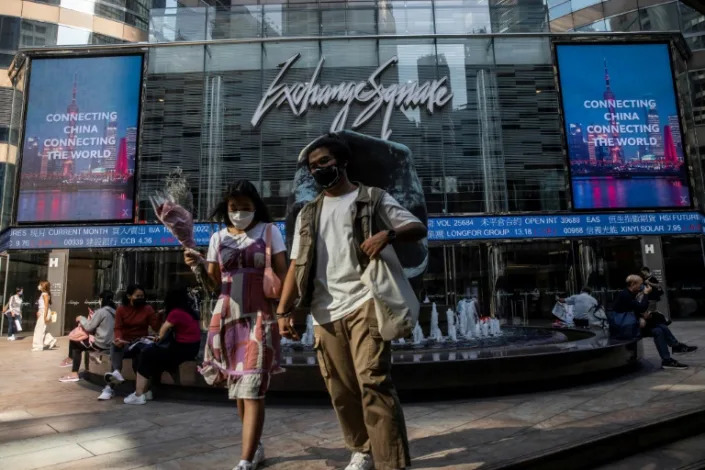
Its stock exchange is among the world's worst performers, down more than 50 percent this year to levels last seen in 2009.
Lee's opening speech will be followed by recorded interviews with three mainland officials involved in regulation, including Yi Gang, the governor of China's central bank.
That will be followed by a panel titled "Navigating Through Uncertainty" featuring senior executives from Morgan Stanley, Blackstone, UBS, Goldman Sachs and Bank of China president Liu Jin.
Hong Kong finance chief Paul Chan is also expected to give a speech after he was cleared by health officials to attend the conference after testing positive for Covid-19 last week during an overseas trip.
Lee's speech made no mention of the labyrinthine pandemic rules maintained by both China and, to a lesser extent, Hong Kong.
While Hong Kong scrapped mandatory quarantine in September -- a key demand of businesses -- it maintains layers of pandemic restrictions long since abandoned by almost everywhere else.
Overseas arrivals must undergo frequent testing and are unable to go to bars and restaurants for their first three days in the city.
Restrictions on various gatherings remain and masks are compulsory, including outdoors.
By: Zen Soo, The Associated Press
HONG KONG (AP) — Chinese regulators downplayed China’s real estate slump and slowing economic growth while Hong Kong’s top leader pitched Hong Kong as a unique link to the rest of China at a high-profile investment summit Wednesday.
About 200 global financial executives gathered to network and discuss issues such as global risks and sustainable finance at Hong Kong’s first major conference since the city lifted COVID-19 quarantine restrictions.
Fang Xinghai, vice chairman of the China Securities Regulatory Commission, urged those attending to visit China to understand what is happening in the country and urged them not to “bet against” China and Hong Kong.
International media “don’t really understand China very well” and have a “short-term focus,” he said, drawing laughter and applause from the audience.
Fang and other Chinese officials addressed the conference in prerecorded interviews — travel to and from mainland China is constrained by strict quarantine requirements.
China’s central bank governor, Yi Gang, said that inflation remains subdued, at under 3% compared with 8% or more in many Western economies, and the country’s economic and reform policies will continue. Such comments appeared to be meant to counter worries that flared following a Communist Party congress last month, where leader Xi Jinping was awarded an unprecedented third five-year term and key reformers were excluded from top ruling party leadership.
“China has a super ‘long’ market, as there is still much room for urbanization and the demand of middle class consumers is still on the rise,” said Yi.
China’s economy grew at a 3.9% annual pace in the last quarter compared to a year earlier, well below an official target of more than 5%, and the vital real estate sector has languished as regulators have sought to curb debt mounting toward unsustainable levels.
Xiao Yuanqi, vice chairman of the China Banking and Insurance Regulatory Commission, sought to reassure those attending the conference, saying property loans make up just 26% banks’ total lending and 90% of property loans were “good quality.”
The speakers lineup at the Hong Kong conference includes Morgan Stanley CEO James Gorman and Goldman Sachs CEO David Solomon and other leading executives from institutions such as Citigroup and Blackstone.
It is designed to highlight the former British colony’s role as an attractive and competitive financial hub.
The city remains the “only place in the world where the global advantage and the China advantage come together in a single city,” Hong Kong Chief Executive John Lee said in opening the event.
“This unique convergence makes Hong Kong the irreplaceable connection between the mainland and the rest of the world as the center of economic gravity in the world shifts eastward,” he said.
The British handed control of Hong Kong to China in 1997 with the understanding that Beijing would allow the tiny territory autonomy in its legal system and economic policies for at least 50 years. In recent years Beijing has been expanding its influence. Such efforts gained momentum after mass protests in 2019 demanding a more democratic system of leadership, culminating in the implementation of a security law designed to quash dissent.
Combined with strict quarantine controls and a sharp downturn in tourism, that has compounded the economic impact from the pandemic.
Lee said the “worst is behind” Hong Kong. A former security chief, he told the conference “law and order has returned” and social disturbances were in the past.
Organizers pushed ahead with the long-planned conference despite tropical storm warnings that led authorities to close schools.
As tropical storm Nalgae drew closer to the city, the Hong Kong Observatory said that it would raise its T8 signal in the afternoon, which would effectively shut down the city and stop trading on the stock market.
Hong Kong pulled out all the stops for the financial conference, adjusting COVID-19 restrictions to allow participants to dine in at specific restaurants. Most other inbound travelers are banned from doing so for three days after they arrive in the city.
Attendees who test positive for COVID-19 are allowed to leave by chartered flights if they want to, instead of having to be isolated for at least seven days in Hong Kong.
Some U.S. lawmakers have urged American companies not to participate in the meeting given tensions with China over trade and human rights. The U.S. has been vocal about Hong Kong’s crackdown on dissent following implementation of the National Security Law.











